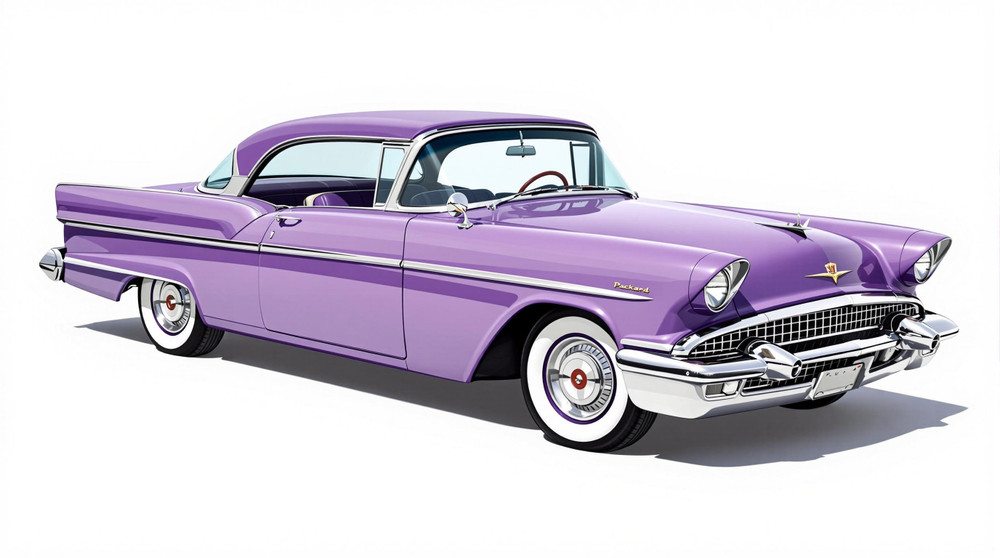Image of 1958 Packard Hawk, Note: These illustrations use artistic license and may differ from actual historical models.
Performance Metrics
Fundamental Metrics
Emotional Appeal
MMP Rating
| Engine Specifications | |
|---|---|
| Engine: | Supercharged 289 CID V8 |
| Displacement: | 289 Cubic Inches (4.7 Liters) |
| Horsepower: | 275 HP |
| Torque: | 333 lb-ft |
| Compression Ratio: | 8.5:1 |
| Ignition System: | Distributor and coil |
| Cooling System: | Water-cooled |
| Performance Specifications | |
| 0-60 Time: | 12 seconds |
| 1/4 Mile Time: | 18 seconds |
| Top Speed: | 125 mph |
| Transmission and Drive | |
| Drive Type: | Rear-wheel drive |
| Transmission Type: | 3-speed automatic |
| Fuel and Efficiency | |
| Fuel System Type: | Carburetor |
| MPG: | 14-16 MPG |
| Dimensions and Brakes | |
| Brakes: | Drum brakes |
| Wheelbase: | 120.5 inches |
| Weight: | 3,440 lbs |
Note: Specifications for classic cars are given to the best of our ability, considering the limited and variant data available.
Introduction
The 1958 Packard Hawk stands as a testament to the twilight of an iconic American brand. As the final flourish from a manufacturer known for luxury and innovation, the Hawk was Packard's attempt to leave a lasting impression on the automotive world. Born from the Studebaker-Packard merger, this vehicle emerged as a luxury sports coupe that aimed to compete with the likes of the Ford Thunderbird and the Chevrolet Corvette. Its unique styling and advanced features for its time make it a fascinating study for classic car enthusiasts. A particularly intriguing fact about the Packard Hawk is that it was one of the last models produced before Packard's unfortunate demise in 1958, marking it as a significant piece of automotive history.
Design and Innovation
The exterior of the 1958 Packard Hawk exuded a blend of elegance and sportiness, with its long hood, low profile, and signature "fish-mouth" front grille. The fiberglass bodywork at the front added a modern touch while reducing weight. Inside, passengers were greeted with luxurious amenities such as leather upholstery and richly appointed details that spoke to Packard's commitment to comfort. Technological advancements included a McCulloch supercharger that gave this grand tourer an edge in performance. Color options ranged from traditional whites and blacks to more adventurous hues like Gold or Tiara Gold Metallic, with the latter often catching the eye of collectors. The Hawk was available in one iconic body style—a two-door hardtop coupe that has since become synonymous with late-1950s automotive opulence.
Historical Significance
The 1958 Packard Hawk wasn't just another car; it was a swan song for an esteemed marque. In an era dominated by tail fins and chrome, the Hawk stood out with its European-inspired design elements. It represented an intersection of past luxury and future aspirations, setting it apart from its contemporaries. Although its production run was brief, its impact on automotive design, particularly in blending performance with luxury, continues to be felt in today's grand touring models.
Performance and Handling
Underneath its hood, the Packard Hawk housed a potent 289 cubic inch V8 engine equipped with a supercharger, propelling it to top speeds that competed well within its class. The 0-60 mph sprint could be achieved in under 10 seconds—a commendable feat for its time. On the road, drivers experienced a firm yet comfortable ride, with handling that managed to convey both stability and responsiveness. The symphony of its supercharged engine provided an auditory thrill matched by few other vehicles of its era.
Ownership Experience
The 1958 Packard Hawk was more than just a showpiece; it found use as both a daily driver for some affluent buyers and as a weekend cruiser for others. Maintenance can be challenging due to the rarity of parts but is generally manageable for those familiar with Studebaker-Packard mechanics. Reliability is typical of cars from this period—solid when well-maintained but requiring regular attention.
Fun Facts
A mere 588 units were produced, making any surviving Packard Hawk a rare find indeed. While not known for breaking speed records, its exclusivity has made it highly sought after by collectors. Criticisms at the time often focused on its polarizing styling cues and high price tag; however, these same features now endear it to classic car aficionados.
Collector's Information
Today's collector market values the 1958 Packard Hawk quite highly due to its rarity and significance as one of Packard's final offerings. Prices can vary widely based on condition but typically range from $25,000 for models needing restoration to over $100,000 for pristine examples. As interest in mid-century American cars grows, values are generally appreciating.
Conclusion
The 1958 Packard Hawk remains an emblematic piece of American automotive history—a symbol of end times for an illustrious brand and a harbinger of future trends in luxury sports coupes. Its unique blend of style, power, and prestige continues to captivate classic car enthusiasts around the globe.
1958 Packard Hawk Catalog of Parts
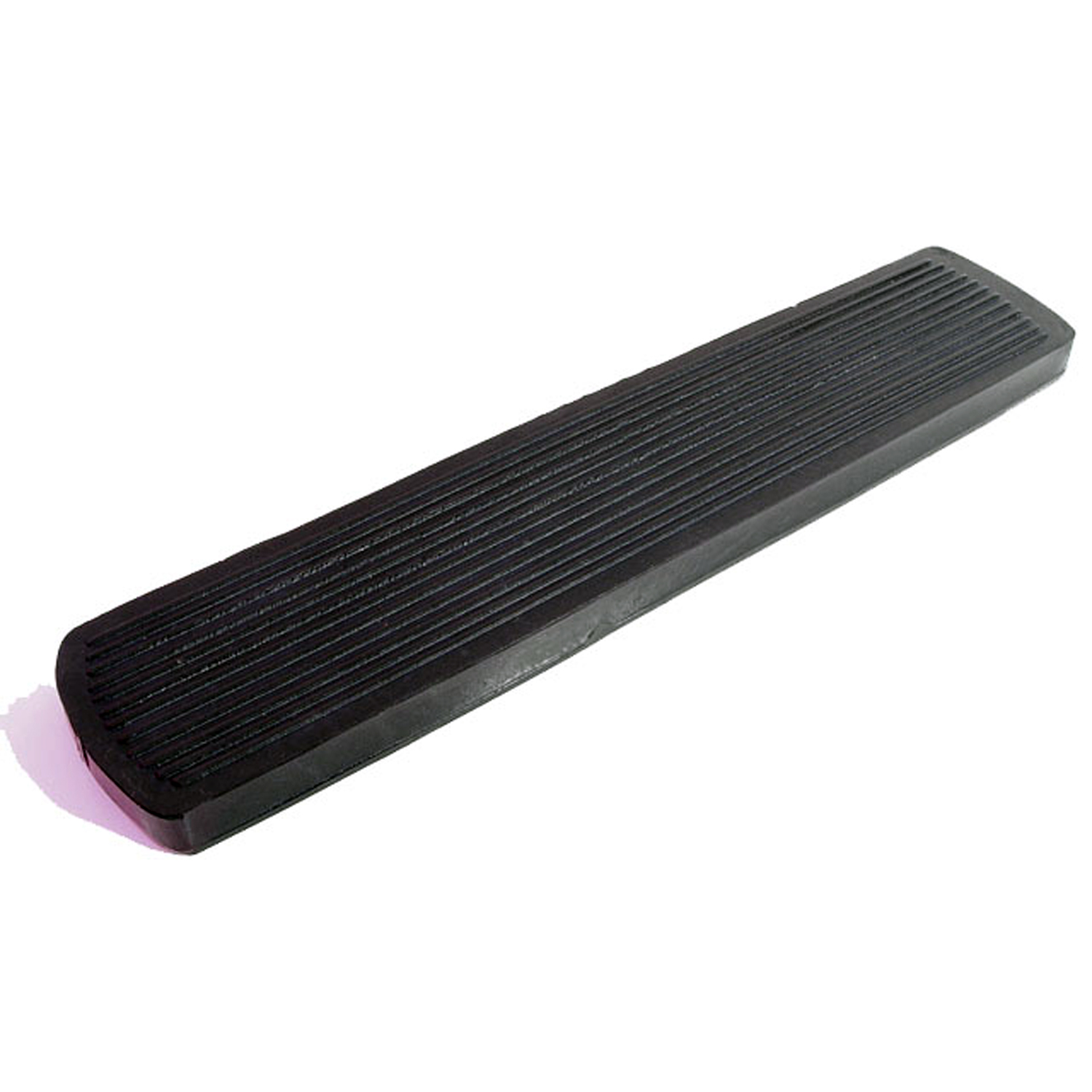 1958 Packard Hawk Accelerator Pedal Pad. 1-7/8" X 9-3/8", Each-AP 16Accelerator Pedal Pad. 1-7/8" X 9-3/8", Each
1958 Packard Hawk Accelerator Pedal Pad. 1-7/8" X 9-3/8", Each-AP 16Accelerator Pedal Pad. 1-7/8" X 9-3/8", Each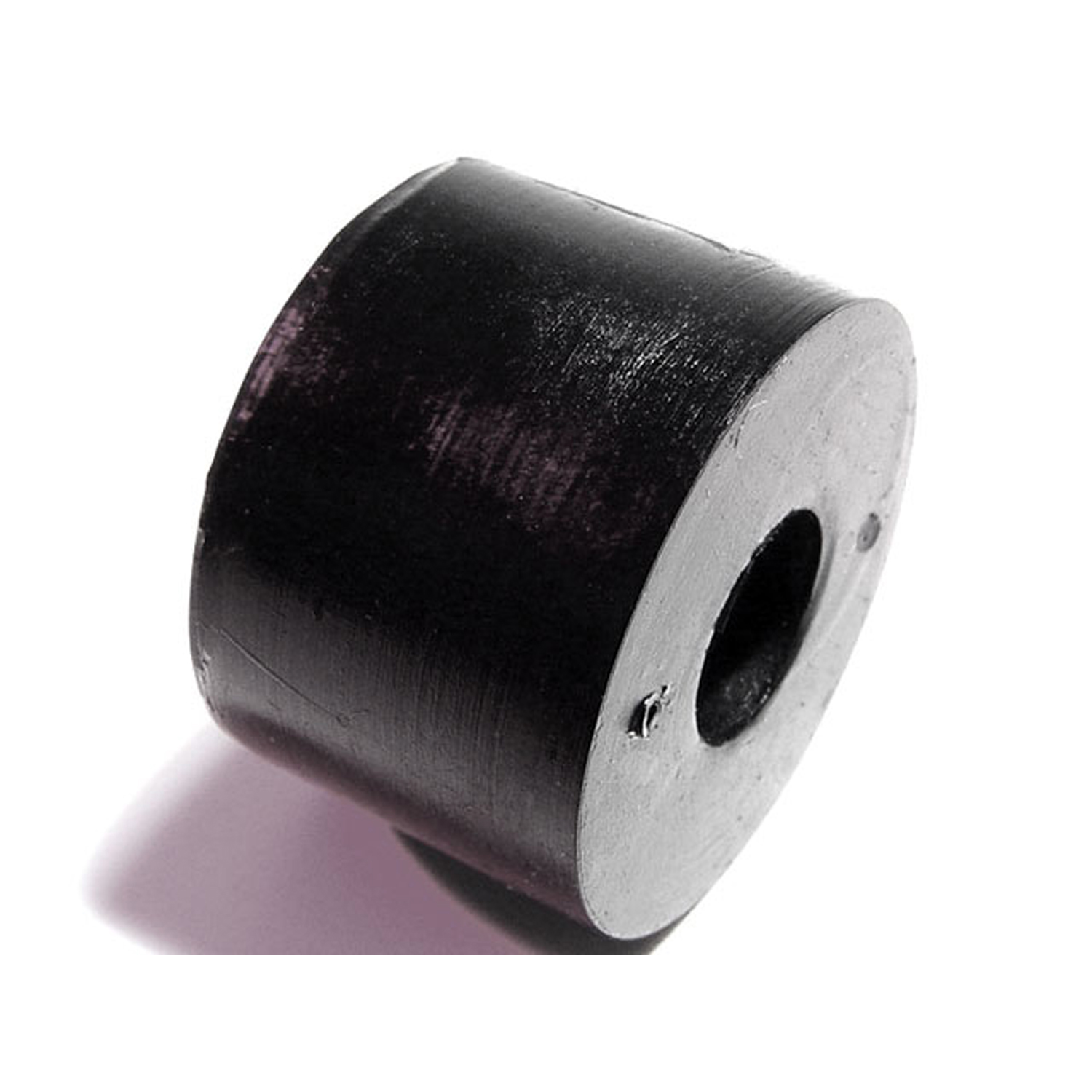 1958 Packard Hawk Shock Absorber Grommet. 1" bottom O.D., 5/8" high-BN 13Shock Absorber Grommet. 1" bottom O.D., 5/8" high., with 3/8" I.D. Each
1958 Packard Hawk Shock Absorber Grommet. 1" bottom O.D., 5/8" high-BN 13Shock Absorber Grommet. 1" bottom O.D., 5/8" high., with 3/8" I.D. Each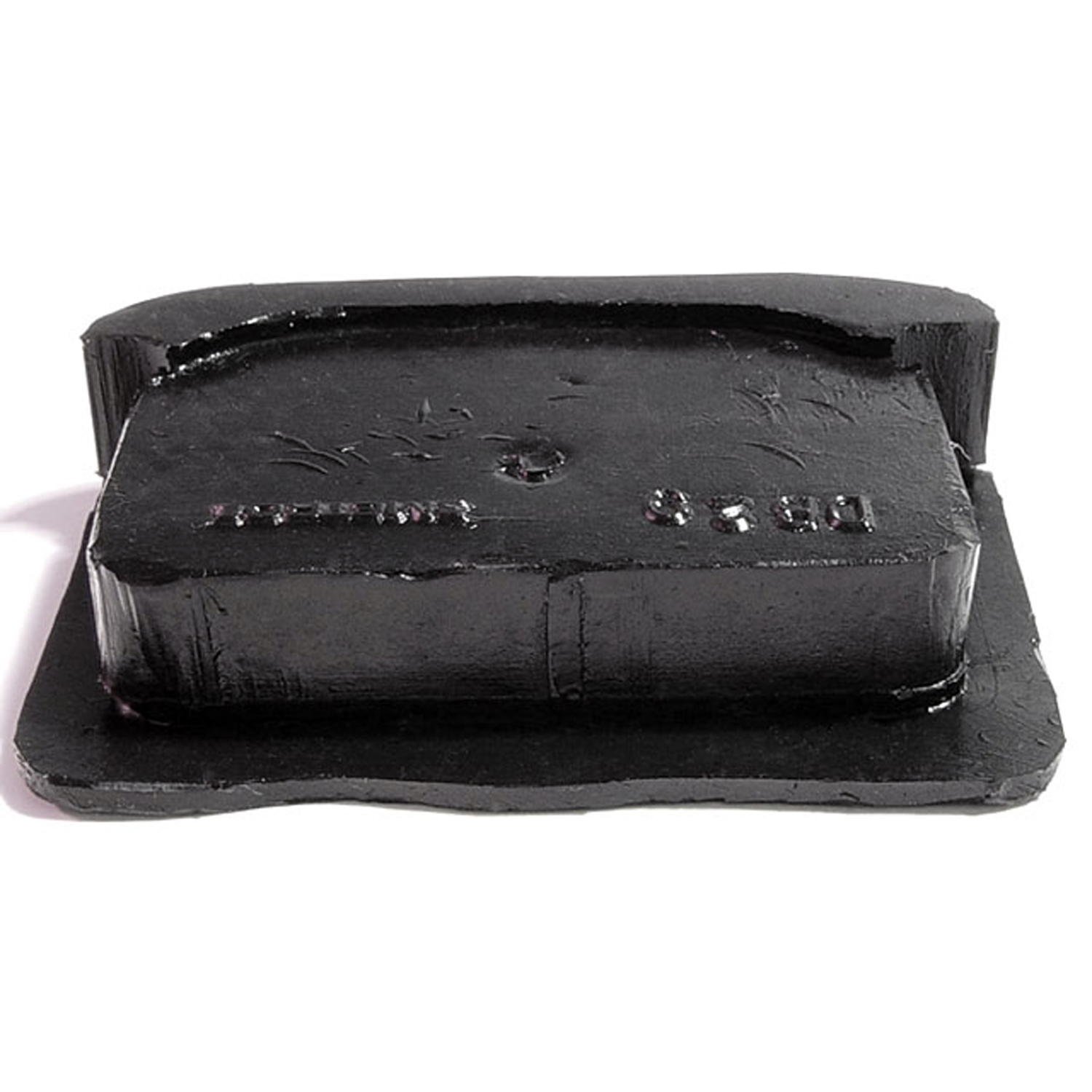 1958 Packard Hawk Door Bumper. 1-3/8" high X 2" wide X 1/2" thick. Each-DB 29Door Bumper. 1-3/8" high X 2" wide X 1/2" thick. Each
1958 Packard Hawk Door Bumper. 1-3/8" high X 2" wide X 1/2" thick. Each-DB 29Door Bumper. 1-3/8" high X 2" wide X 1/2" thick. Each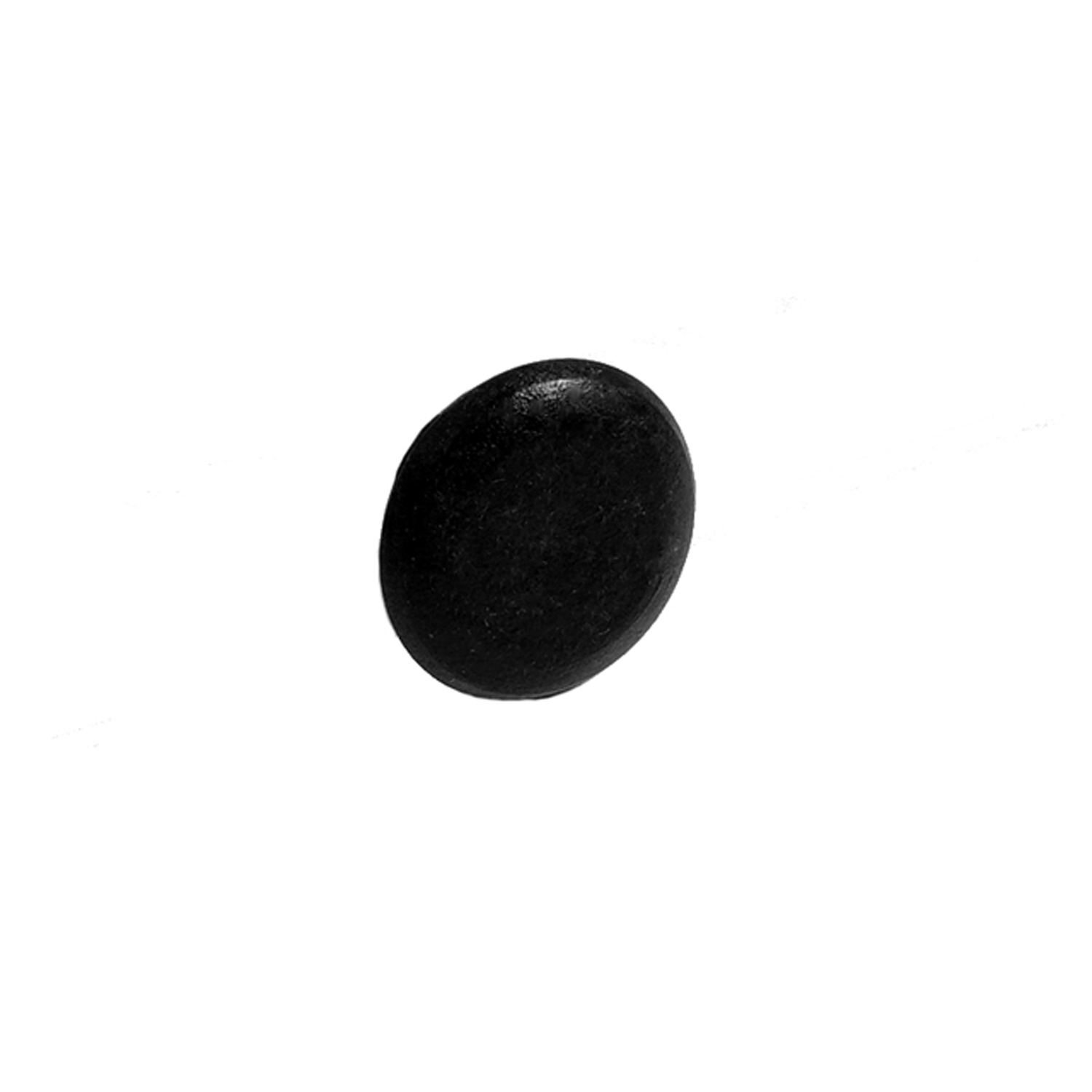 1958 Packard Hawk Trunk Bumper. 3/4" O.D., 5/8" I.D. Each-SB 74Trunk Bumper. 3/4" O.D., 5/8" I.D. Each
1958 Packard Hawk Trunk Bumper. 3/4" O.D., 5/8" I.D. Each-SB 74Trunk Bumper. 3/4" O.D., 5/8" I.D. Each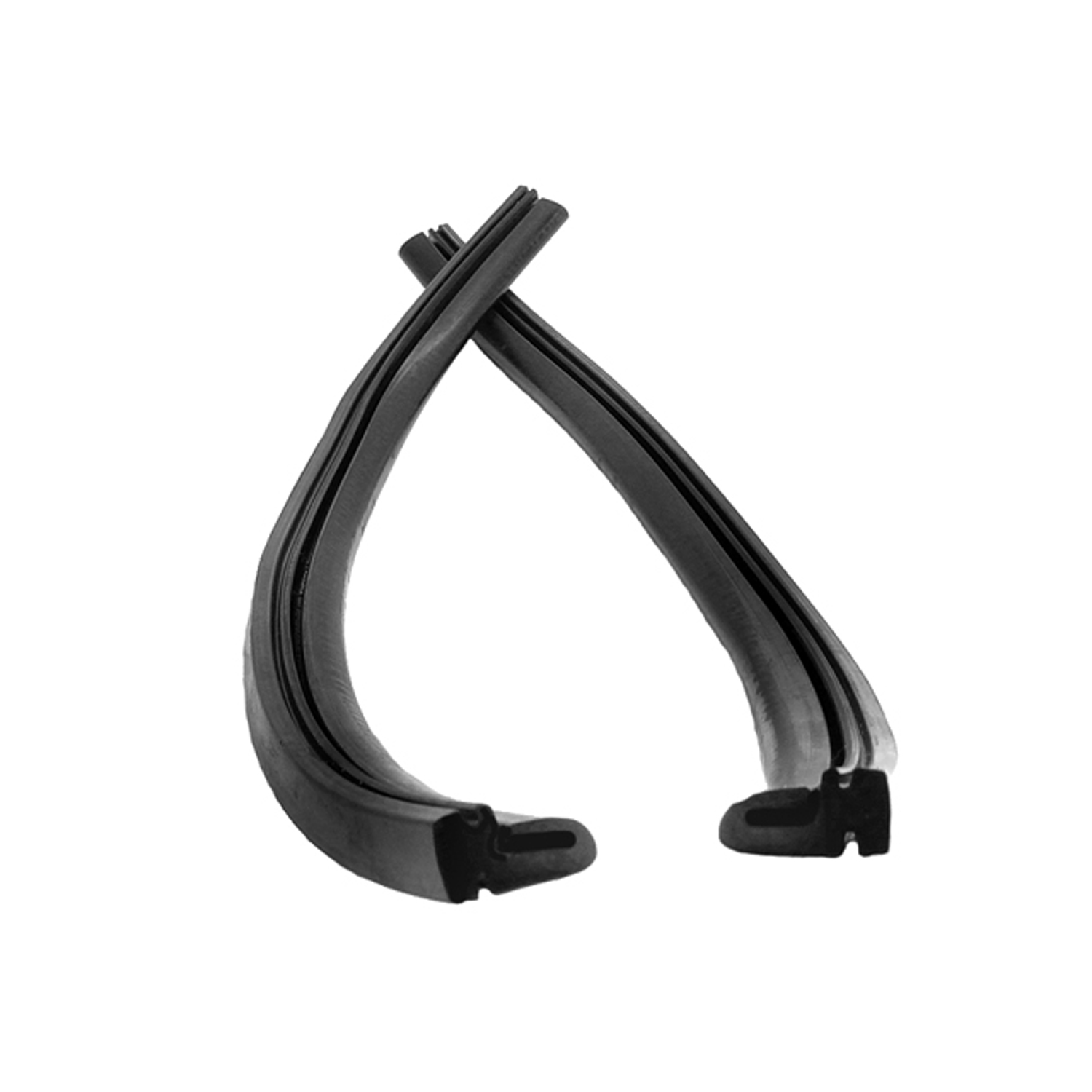 1958 Packard Hawk Rear Roll-up Window Seals, for Hardtops and Convertibles-VS 7Rear Roll-up Window Seals, for Hardtops and Convertibles. For leading edge of rear quarter windows. Two pieces, 17-3/4" long. Pair
1958 Packard Hawk Rear Roll-up Window Seals, for Hardtops and Convertibles-VS 7Rear Roll-up Window Seals, for Hardtops and Convertibles. For leading edge of rear quarter windows. Two pieces, 17-3/4" long. Pair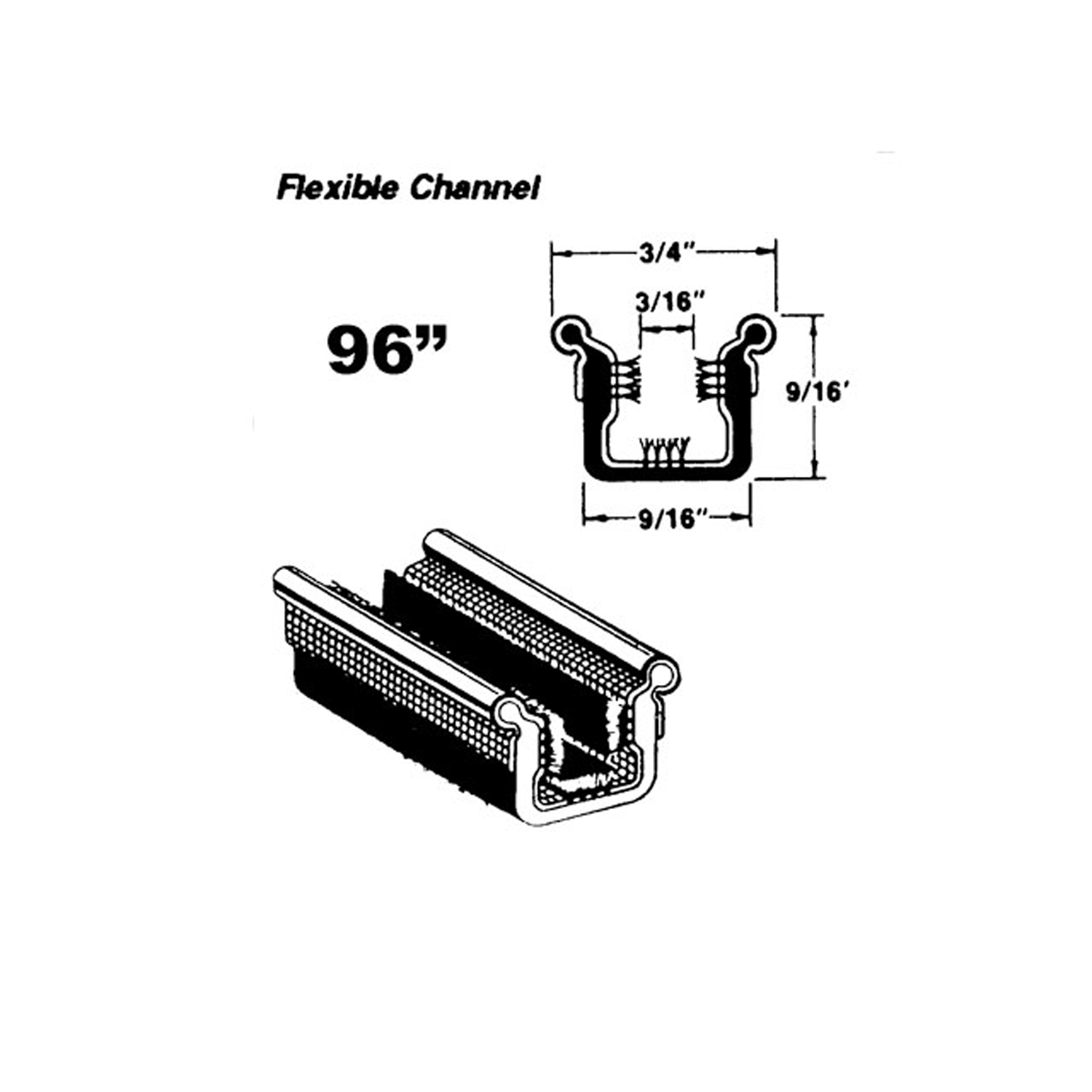 1958 Packard Hawk Flexible window channel-WC 10-96Flexible window channel. Rubber covered with mohair lining and stainless steel bead. 96 in. long. Each. NOTE: $20 special shipping charge applies for domestic orders. Call or email for overseas shipping costs. Part can be sectioned in two or three equal lengths to reduce overseas shipping costs.
1958 Packard Hawk Flexible window channel-WC 10-96Flexible window channel. Rubber covered with mohair lining and stainless steel bead. 96 in. long. Each. NOTE: $20 special shipping charge applies for domestic orders. Call or email for overseas shipping costs. Part can be sectioned in two or three equal lengths to reduce overseas shipping costs.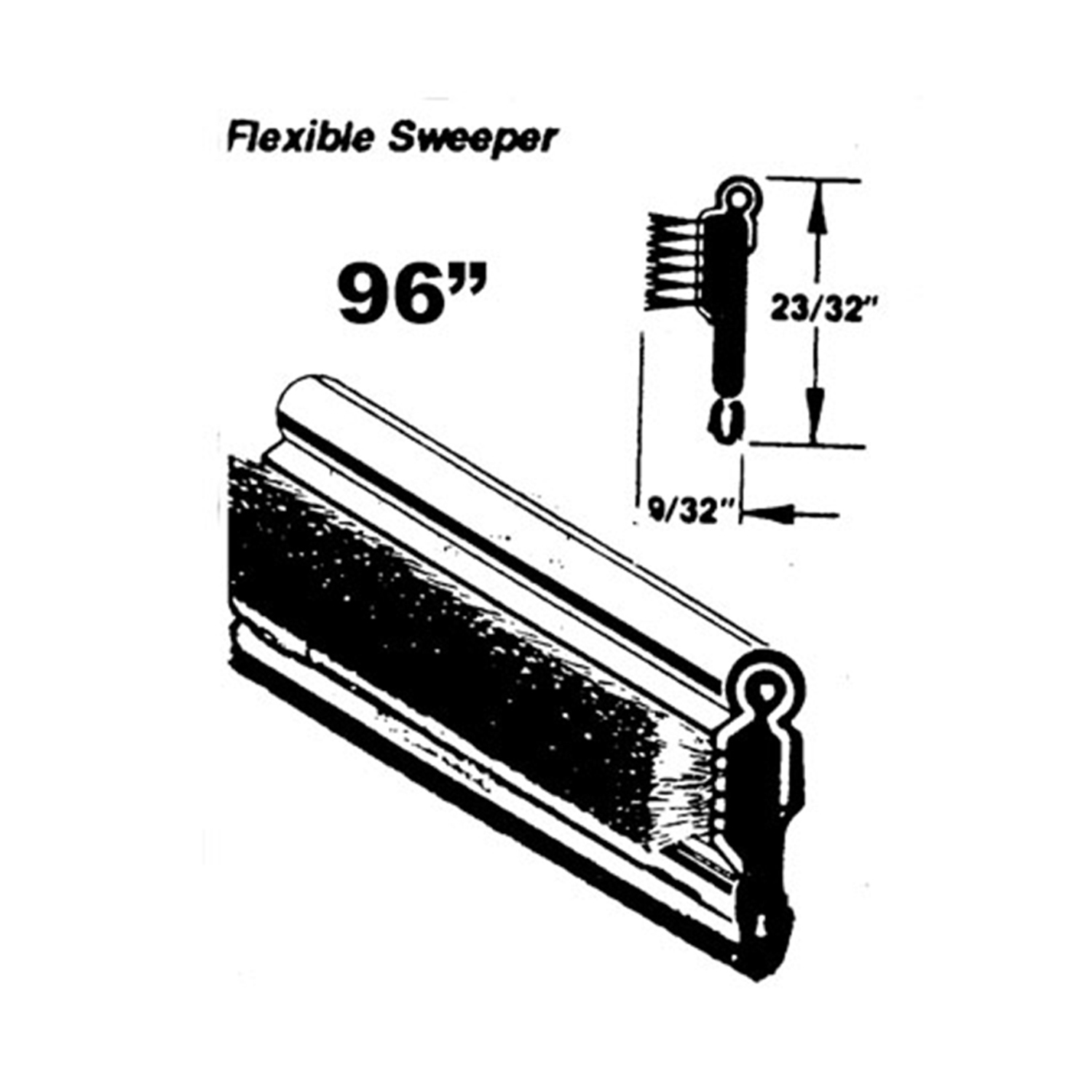 1958 Packard Hawk Flexible window sweeper. Made with stainless steel bead-WC 4-96Flexible window sweeper. Made with stainless steel bead. 96 in. long. Each. NOTE: $20 special shipping charge applies for domestic orders. Call or email for overseas shipping costs. Part can be sectioned in two or three equal lengths to reduce overseas shipping costs.
1958 Packard Hawk Flexible window sweeper. Made with stainless steel bead-WC 4-96Flexible window sweeper. Made with stainless steel bead. 96 in. long. Each. NOTE: $20 special shipping charge applies for domestic orders. Call or email for overseas shipping costs. Part can be sectioned in two or three equal lengths to reduce overseas shipping costs.Why Choose Metro?
For over 100 years, Metro Moulded Parts has been the pinnacle of quality in classic car restoration parts. Our commitment to precision and authenticity in every component ensures a perfect fit and an OEM-level appearance.
- Expert Craftsmanship & Quality: Each part is a testament to our dedication to reliability and perfection, crafted from original designs and thoroughly tested.
- Advanced Technology: We use cutting-edge techniques to create flawless, long-lasting parts that surpass others in performance.
- SuperSoft Sponge – The Ultimate Door Seal: Not only are our door seals 30% softer than competitors', but they're also guaranteed to never leak. They effectively reduce wind and road noise, enhancing your classic car's comfort and driving experience.
- Proudly American: Our parts are a product of American craftsmanship, made in the USA with a spirit of excellence and heritage.
- Unrivaled Warranty: We back our products with a 30-year industry-leading warranty, a testament to our confidence in their quality.
Join us in preserving the legacy of classic cars with parts that are crafted for perfection, not just made.

